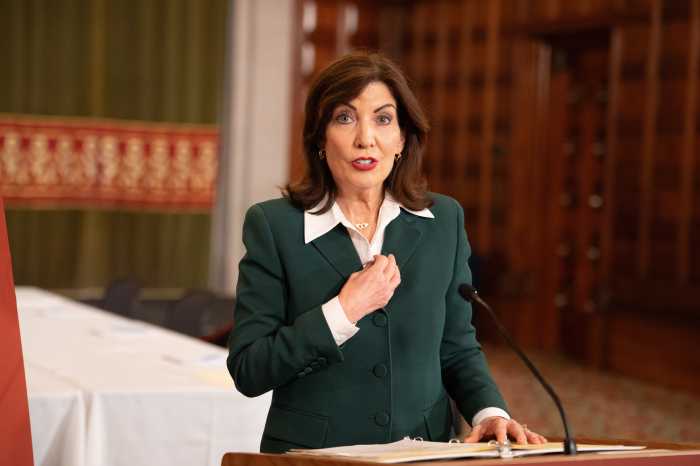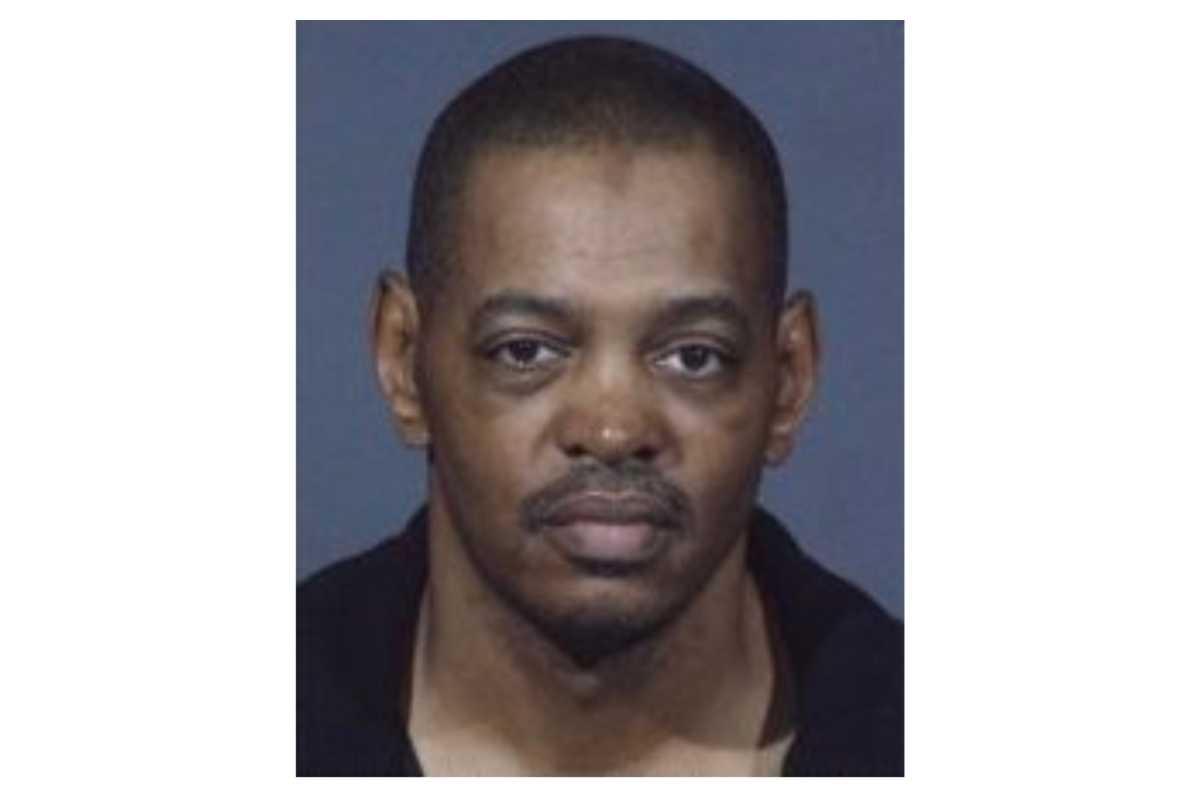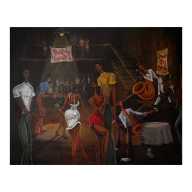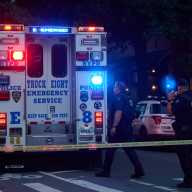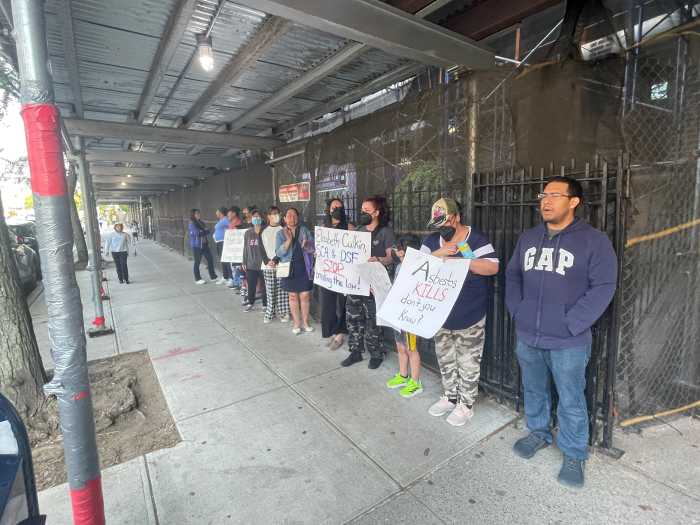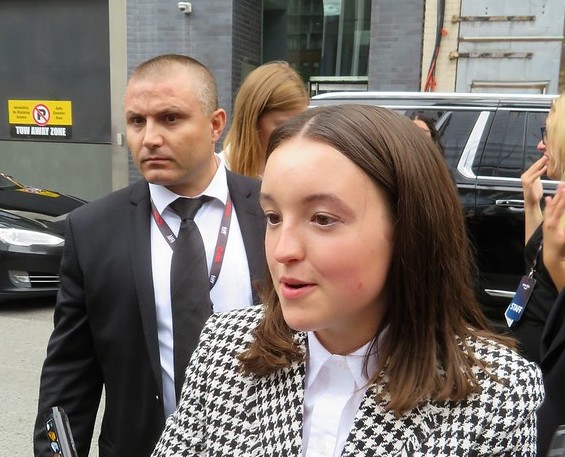
In Dennis Mihalsky’s classroom at the City College Academy of Arts in Inwood, students aren’t just encouraged to question authority, it’s their job.
In February, Mihalsky transformed the space into a working newsroom where students hash out story ideas, plan their pages and edit copy.
Students in his 11th grade class say it has turned a sometimes-drab English Language Arts curriculum into an exciting venture.
“I noticed a lot of students were not too aware of what was going on in the world and how media works,” said Mihalsky, who has a background in public relations and has been a teacher since 2016. “I thought it would be a good idea for them to learn about that and I think the best way to learn is by doing.”
The Claw Weekly was a resounding success, with students and faculty alike waiting for each edition filled with stories about school issues and life as well as fashion, sports and culture.
It sparked Mihalsky to embark on an ambitious campaign to champion the creation of more student newspapers at city schools.
“I was shocked when I heard only about 12.5% of 1,700 schools have a newspaper,” he said. “I saw the benefits of what happened in our classroom and it’s just a disservice not to have it in every school.”
Mihalsky has started a GoFundMe and detailed the campaign and the work of his students on the website DennisDisrupting.com.
Having student-run media in schools gives young people a voice to speak up, he said.
Student journalists at The Claw Weekly launched an investigation into glass backboards that were purchased two years ago and locked away in storage. They also questioned school administrators over a controversial policy to lock all the bathrooms for most periods during the day. Students could only enter with a key held by a faculty member.
“Everyone took that story and ran with it in different directions,” said Tahlya Valcourt, the paper’s no-nonsense editor-in-chief. “We discussed how that was a violation of student rights, human rights and what we could do to fix it.”
Valcourt said the idea to create a student council emerged from that experience.
It’s unclear whether the lack of student newspapers in city schools can be linked to the overall decline of the newspaper industry, funding issues or lack of interest from overtaxed students and teachers.
Mihalsky and staffers of The Claw Weekly have found an ally in the school’s principal, Burnedette Drysdale. While some school administrators have traditionally been skeptical of student journalists rooting around for news, Drysdale says she welcomes their efforts.
“All my kids, they’re writing,” Drysdale said, referring to Claw staffers. “They are deciding on topics and they’re learning about an industry that is usually closed off to the rest of us. How does one decide what to write about? They are learning about all of that.”
Mihalsky worked with special education teacher Dawn Hunter on creating the program. Hunter helped make sure special education students were included in the newspaper staff and decision-making.
Drysdale said working for the newspaper has also boosted the confidence of students.
“In many schools, students are anonymous and don’t have a role, “ she said. “In this class, everyone has a role in the publication of this newspaper.”
Valcourt, who quickly won the respect of students and faculty for running a tight newsroom, said she has enjoyed the challenge of being editor-in-chief.
“I have a passion for words,” said the 17-year-old aspiring lawyer. “Working at a newspaper brought everything together, reading, writing, having a voice and giving other people a platform.”
Experts agreed with Mihalsky’s view that student newspapers are an important part of education.
“This is about giving young people access,” said Katina Paron, who helped start the NYC High School Journalism Collaborative at Baruch College. “People under 18 can’t vote and are impacted by decisions adults are making every day. Student journalism gives them a voice.”
Paron said working at a student newspaper helps young people hone their writing, communication and critical thinking skills.
“I would challenge anybody to find a program in school where more real education takes place than in a well-run journalism program,” said Mike Hiestand, senior legal counsel at the Student Press Law Center.
“These are young people who have chosen to step up and look at issues and dig into them and try to present both sides,” he said. “Then they put their work out there where it is reviewed and criticized. You are not going to see that typically in an English class.”



